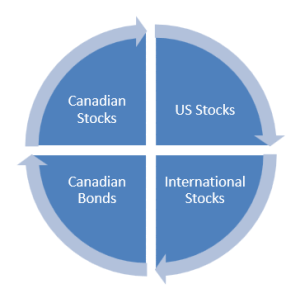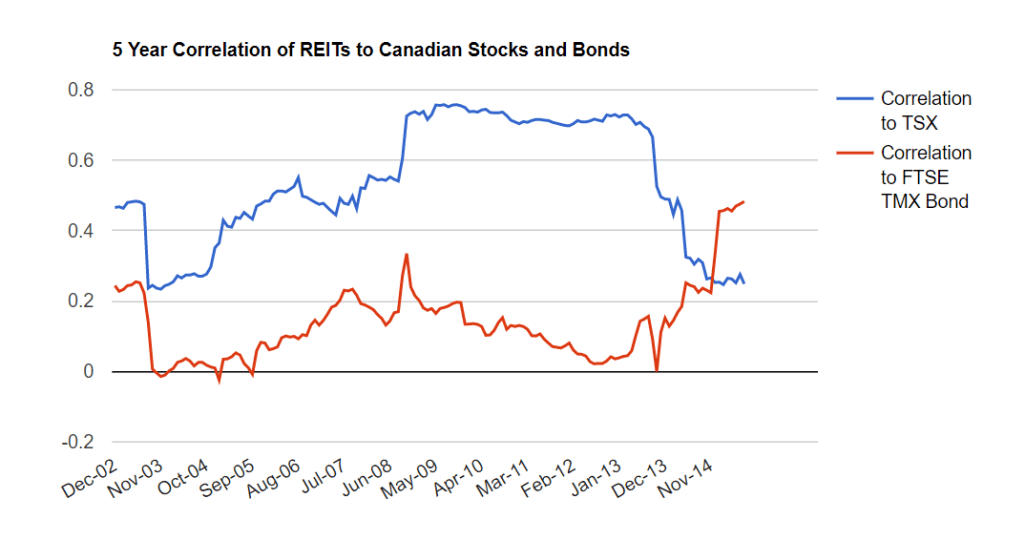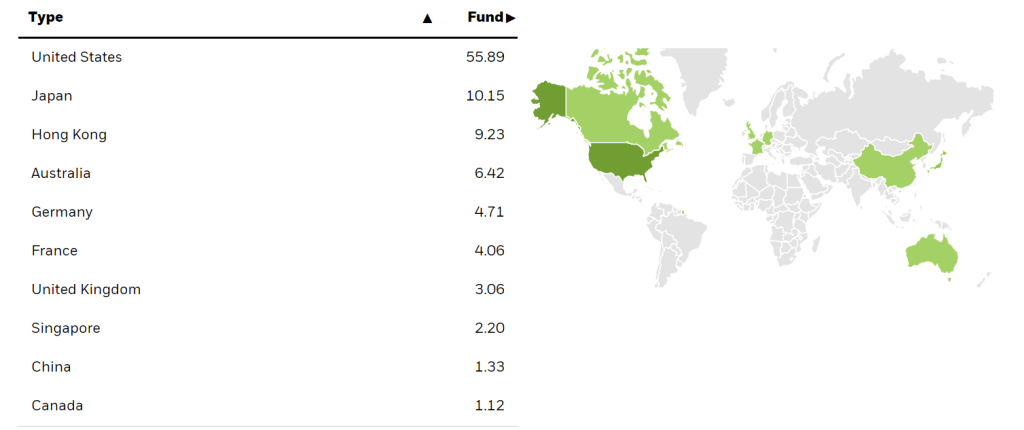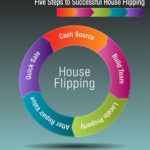 By Penelope Graham, Zoocasa
By Penelope Graham, Zoocasa
Special to the Financial Independence Hub
The brand-new First-Time Home Buyer’s Incentive will hit the real estate scene on September 2nd, but will it be useful in your local market?
The federal mortgage equity sharing program was initially announced in the March 2019 budget as a new Canada Mortgage and Housing Corporation (CMHC) initiative. Under the new program, qualifying first-time home buyers can receive an interest-free loan from the agency to go toward the purchase of a new home (5% for a resale property, and either 5% or 10% for a brand-new build).
In exchange, the CMHC retains the same percentage of equity in your property, which the homeowner must pay back as a lump sum when either the home is sold, or the 25-year mortgage amortizes.
Qualifying purchase price too low in some markets
However, the income and mortgage-to-income ratio (MTI) restrictions the FTHBI requires reduces its effectiveness in many markets, particularly where home prices are high and arguably where first-timers would need its help most. Under its criteria, home buyers cannot have a combined household income that exceeds $120,000, and their MTI cannot be more than four times their income. This means, for a home buyer earning the maximum and putting 5% down on a resale home, the largest home purchase they can make is limited to $505,000.
As well, it’s important to understand how the equity sharing portion of the FTHBI will work. Basically, the amount provided by the CMHC is added onto the home as a second mortgage, which won’t bear interest, and must be paid back all at once when the loan is due. However, as the CMHC retains 5% of the home’s equity, the amount they pay back will reflect how the property has appreciated or depreciated over that time frame.
For example, let’s say they receive a 5% loan of $25,000 through the FTHBI for a home purchase of $500,000. The homeowner sells the home several years later, and its value has increased to $550,000. The homeowner would then need to pay the CMHC back $27,500 to reflect 5% of the increased value of the home. However, if the home loses value over that time period, only the original amount of $25,000 would be due to the CMHC upon its sale. Continue Reading…







